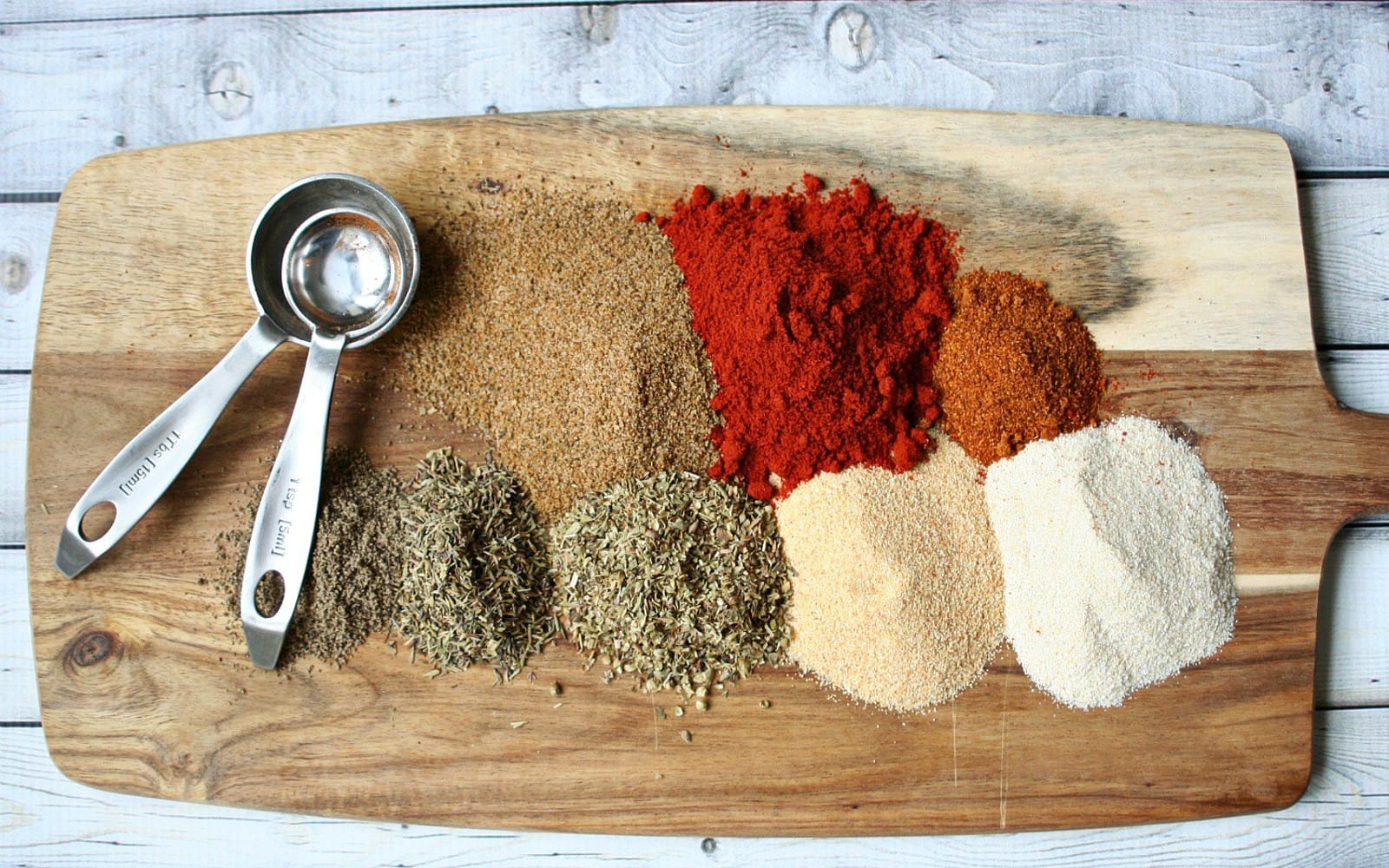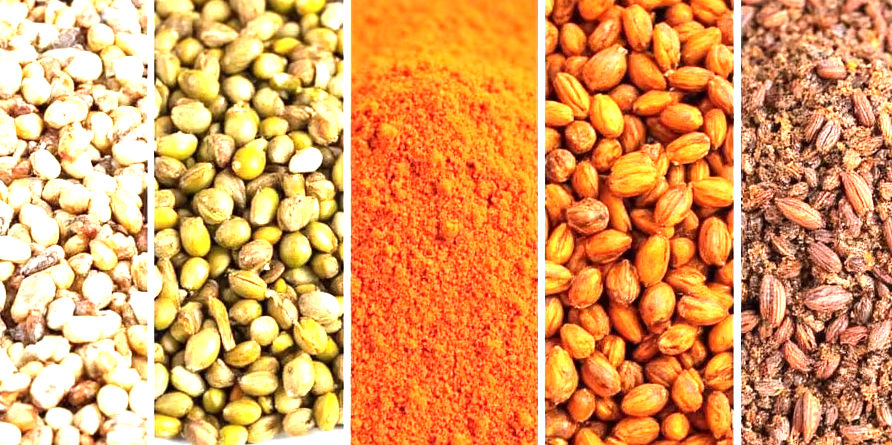Introduction
As vegan cuisine continues to evolve, 2025 marks a new era of creativity in plant-based cooking. What was once viewed as a limited diet has transformed into a vibrant, flavorful, and culturally rich culinary movement. Today, chefs and home cooks have access to a wider range of ingredients, techniques, and global influences that make healthy vegan meals anything but boring.
Spicing up your vegan cooking goes beyond tossing in a few herbs — it means exploring new flavors, experimenting with fresh ingredients, and embracing sustainable practices. From fermentation and superfoods to international spices and inventive cooking methods, the possibilities are limitless. This guide highlights the most exciting ways to bring new life to your vegan meals while keeping them nutritious and balanced.
As health and sustainability remain top priorities in 2025, now is the perfect time to refresh your approach to vegan cooking. Whether you’re new to plant-based eating or a seasoned pro, these tips will help you craft meals that are visually appealing, flavorful, and deeply satisfying.
Innovative Plant-Based Proteins
The world of vegan protein has expanded far beyond tofu and lentils. Modern options now mimic the texture and richness of animal proteins while offering impressive nutrition profiles. New sources like pea protein, mycelium, chickpeas, algae, and more are reshaping how plant-based meals are prepared.
- Try hearty alternatives: Tempeh, seitan, and mycelium-based products add structure and chew to meals.
- Use versatile ingredients: Chickpea flour can become pancakes, fritters, or baked snacks.
- Incorporate protein-rich sides: Quinoa, farro, black beans, and red lentils boost both texture and nutrition.
For added excitement, pair these proteins with global spices and cooking methods. Try:
- Middle Eastern seasoning for chickpea dishes
- Asian marinades for tempeh
- South American flavors with quinoa or beans
With thoughtful combinations, plant-based proteins can be just as satisfying as their traditional counterparts.

Global Flavors and Cuisines
Bringing global flavors into your kitchen is one of the easiest ways to elevate vegan meals. Different cultures offer unique spices, ingredients, and preparation techniques that can transform simple plant-based dishes.
- Moroccan: Cumin, coriander, cinnamon for sweet–savory depth.
- Indian: Turmeric, curry blends, and legumes for hearty comfort foods.
- Vietnamese: Fresh herbs and light steaming for nutrient-rich dishes.
- Korean: Fermented foods like kimchi for flavor and gut health.
- Mediterranean: Tahini, olives, artichokes for bright, fresh meals.
Exploring international cuisines expands your palate and introduces new ingredients that keep your vegan menu diverse and exciting.
Creative Cooking Techniques
Modern cooking methods can bring new textures, flavors, and presentations to vegan food. In 2025, more home cooks are embracing inventive ways to elevate plant-based meals.
- Sous-vide: Perfectly cooks vegetables and plant proteins at precise temperatures.
- Fermentation: Produces probiotics and adds complex flavor to foods like kimchi, yogurt, and sauces.
- Smoking & grilling: Adds depth and aroma to veggies, tofu, and vegan meats.
- No-cook methods: Fresh salads, wraps, and cold soups for quick, vibrant meals.
Don’t overlook presentation — colorful plating, garnishes, spiralized veggies, and homemade sauces can turn simple dishes into restaurant-quality meals.

Seasonal and Local Ingredients
Using seasonal and local produce is one of the easiest ways to boost flavor, sustainability, and nutrition. Fresh ingredients taste better, cost less, and support local farmers.
- Visit farmers’ markets or CSA boxes: Get fresh, rotating produce throughout the year.
-
Cook with the seasons:
- Spring: asparagus, peas, radishes
- Summer: zucchini, berries, peppers
- Fall: pumpkin, kale, apples
- Winter: root vegetables, citrus
- Build seasonal meal plans: Grilled summer veggies, hearty winter stews, and fresh spring bowls.
Seasonal cooking keeps your meals dynamic and encourages creativity in the kitchen.
Flavorful Herb and Spice Combinations
Herbs and spices are the soul of vegan cooking. They enhance flavor, add color, and provide powerful health benefits. In 2025, blending herbs and spices from different cuisines is one of the trendiest ways to build bold dishes.
- Mediterranean: Oregano, rosemary, thyme
- Indian: Cumin, turmeric, coriander
- Smoky blends: Smoked paprika, cumin, garlic
- Fresh herbs: Basil, cilantro, mint added after cooking
- Global blends: Za’atar, harissa, garam masala
Use herbs and spices to create marinades, sauces, infused oils, and dressings. Many contain antioxidants and anti-inflammatory properties, making your meals healthier and more flavorful.
By embracing global spice profiles and experimenting with fresh herbs, you can transform even the simplest vegan dish into something extraordinary.




Health | No Comments » on How to spice up my healthy vegan cooking in 2025?